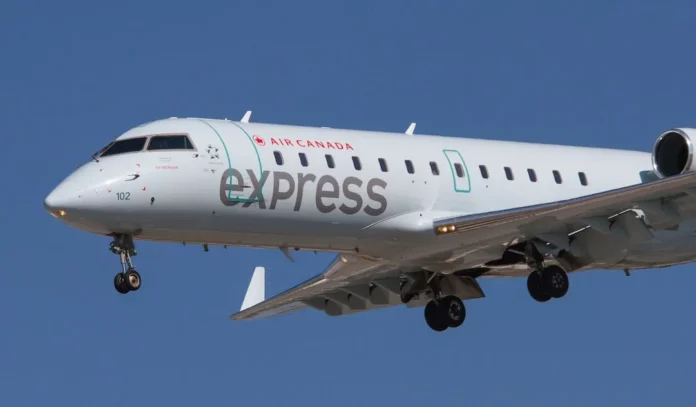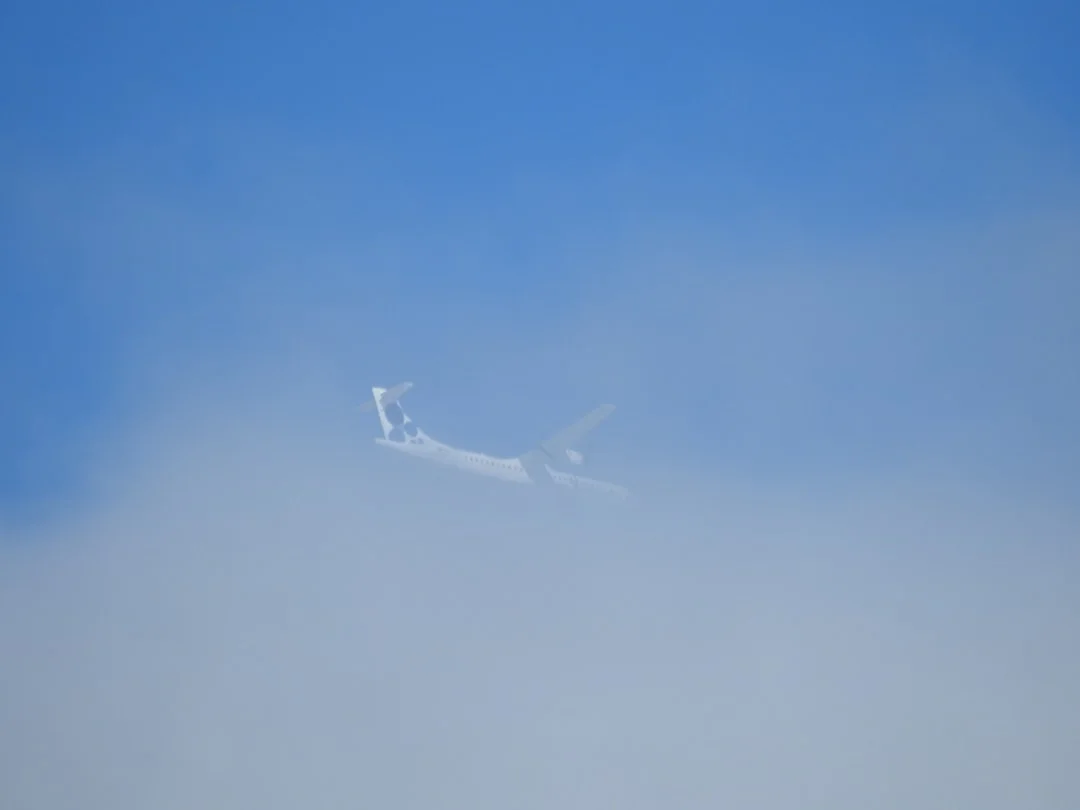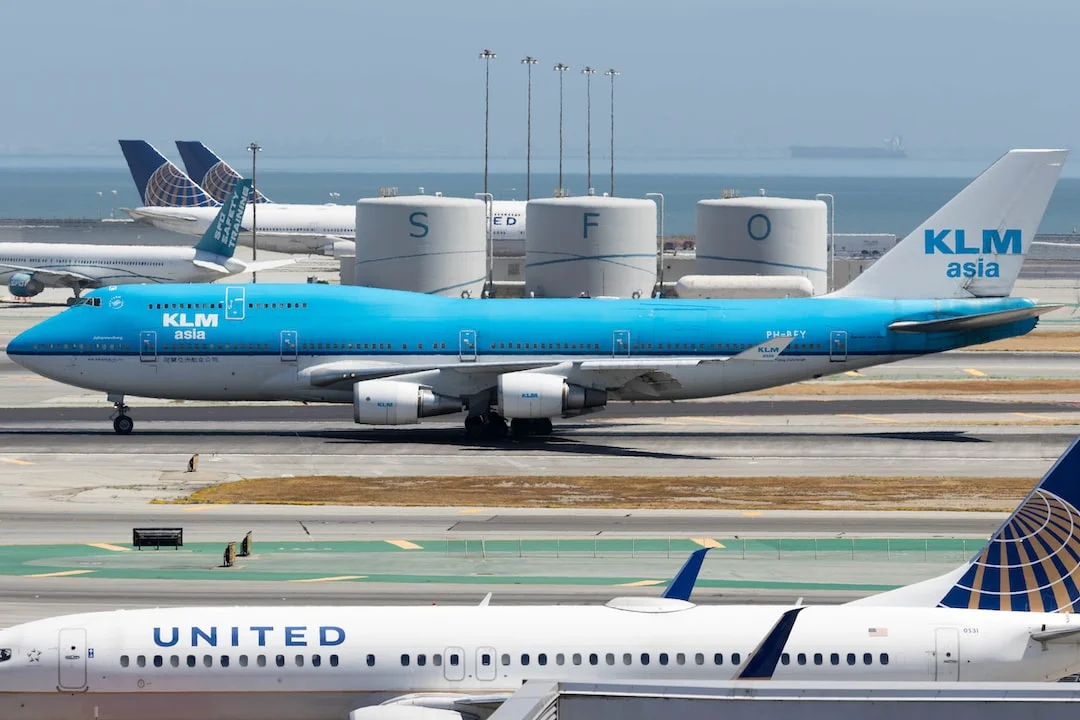A Place/Bearing/Distance Waypoint, also known as a PBD waypoint, is a navigation waypoint used in air navigation systems, particularly on the Airbus A320 aircraft. It is a specific type of waypoint that allows pilots to navigate to a specific location using precise coordinates, along with information on both the bearing and distance from a reference point.
On the Airbus A320, PBD waypoints are often used during precision approaches and arrivals to airports. These waypoints provide essential information for the flight management system (FMS) and autopilot, allowing for accurate navigation and guidance throughout the flight.
So, what exactly does each element of the PBD waypoint stand for? Let’s break it down:
Contents
Place
The “place” element refers to the specific location or point on the earth’s surface that the waypoint represents. It is defined by its latitude and longitude coordinates, which are inputted into the aircraft’s navigation system.
For example, a PBD waypoint may represent the beginning of a specific approach procedure at an airport. The “place” element would then indicate the precise location where the aircraft should start its descent in order to align with the approach path.
Bearing
The “bearing” element of a PBD waypoint signifies the direction in which the aircraft should travel from a given reference point to reach the waypoint. It is usually expressed in degrees, with 0 degrees representing true north and 180 degrees representing true south.
As an example, let’s say the reference point is the airport’s runway threshold. The bearing element would indicate the heading the aircraft should follow in order to align with the desired approach course.
Distance
The “distance” element in a PBD waypoint provides the length or distance in nautical miles from the reference point to the waypoint. This information helps the aircraft’s navigation system to accurately calculate the time and fuel required to reach the waypoint.
For instance, if the aircraft’s current position is 10 nautical miles away from the reference point, and the PBD waypoint is located 5 nautical miles from the same reference point, the distance element would be 5 nautical miles.
It’s important to note that PBD waypoints do not necessarily have to be aligned with runways or approach procedures. They can also be used for other navigation purposes, such as holding patterns, strategic points in an airway, or any other designated location along a flight route.
The Importance of Place/Bearing/Distance Waypoints
Place/Bearing/Distance Waypoints play a crucial role in modern aviation, especially in terms of precision approaches and accurate navigation. Here are a few key reasons why these waypoints are important:
- Accuracy: PBD waypoints provide precise location information, allowing pilots to navigate with utmost accuracy. This is especially critical during challenging weather conditions or while conducting precision approaches to runways.
- Efficiency: By using PBD waypoints, aircraft can follow optimized flight paths, resulting in more efficient operations. This leads to reduced fuel consumption and overall flight time, saving costs for both airlines and passengers.
- Safety: With accurate navigation, pilots can avoid terrain, obstacles, and other aircraft. PBD waypoints assist in maintaining separation from other traffic, improving overall flight safety.
- Automation: The detailed information provided by PBD waypoints allows the flight management system and autopilot to accurately navigate and control the aircraft, enabling precise vertical and lateral guidance during all phases of flight.
Overall, PBD waypoints enhance the overall efficiency, accuracy, and safety of aircraft navigation and control systems, contributing to the seamless operation of modern aircraft like the Airbus A320.
Conclusion
PBD waypoints are an integral part of the Airbus A320’s navigation system, providing pilots with vital location, bearing, and distance information. They enable accurate navigation during precision approaches, arrivals, and other flight phases, contributing to the efficiency and safety of air travel.
Whether it’s optimizing flight paths, enhancing safety measures, or improving automation capabilities, PBD waypoints play a crucial role in modern aviation. Pilots and air traffic control rely on these waypoints to ensure precise and efficient aircraft movements and to maintain the highest level of safety for all.
To learn more about the Airbus A320 and its navigation system, you can visit the official Airbus website here.




